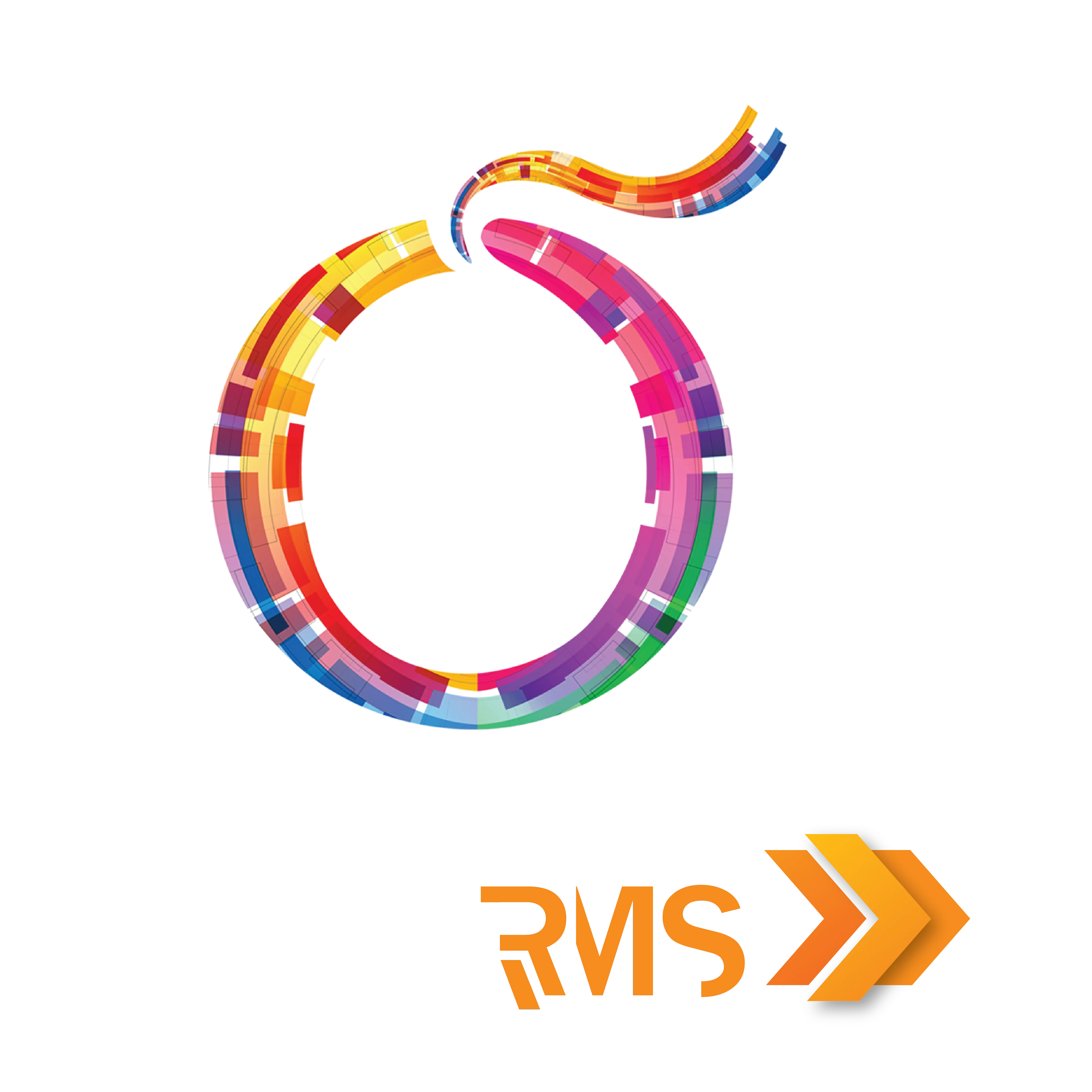Electrical SafetyElectrical Safety Services
Electrical Safety 01Electrical Safety
Audit
We conduct Electrical Safety Audits to ensure compliance and minimize electrical hazards in your facilities.
Electrical Safety 02Electrical System Design & Review
We review and enhance Electrical System Designs to meet safety, performance, and sustainability..
Electrical Safety 03Load Flow
Analysis
Our Load Flow Analysis optimizes electricity distribution, ensuring a balanced and reliable power supply.
Electrical Safety 04Transient Study
Our Transient Studies ensure that your electrical systems can handle sudden changes without disruption.
Electrical Safety 05Relay Coordination
Relay Coordination is our specialty, ensuring a seamless and coordinated response to electrical faults.
Electrical Safety 06 Arc flash studies
Count on us for Arc Flash Studies to keep your workplace safe and in compliance with regulations.
Electrical Safety 07Short Circuit Analysis
We offer Short Circuit Analysis services to guarantee protection
and optimal performance.
and optimal performance.
Electrical Safety 08Hazardous Area Classification Design
We expertly design Hazardous Areas, prioritizing safety and asset protection in risky environments
Electrical Safety 09Thermography
Our Thermography services employ cutting-edge technology for non-invasive electrical inspections…
Electrical Safety 10Lightening Protection
Safeguard against lightning with our expert Lightning Protection solutions for structures and equipment.
Electrical Safety 11Dust Hazard Analysis
We perform Dust Hazard Analysis to mitigate risks and maintain safety in dusty environments.
12LOTO Study
Enhance electrical safety with our thorough LOTO (Lockout/Tagout) Study and procedures.
13Electrical SLD’s
Our Electrical Single Line Diagrams (SLD) provide clear visualizations of your electrical systems.
14Cable Routing
Optimize Cable Scheduling and Routing for efficient, organized, and high-performing systems.
15Harmonic Analysis
Harmonic Analysis is our expertise, reducing distortion and enhancing the quality of your power supply.
16Motor Acceleration
Maximize efficiency with our Motor Acceleration expertise, enhancing industrial processes and operations.
04Fault Level Calculate
Trust us for Fault Level Calculation to protect your electrical systems from unexpected faults and failures.
At Sparrow Risk Management Pvt. Ltd., we are committed to enhancing safety, regulatory compliance, and risk management through our comprehensive Electrical safety Services. Contact us today to schedule a consultation and take proactive steps towards minimizing fire risks, ensuring compliance, and safeguarding your processes and operations. Your safety and compliance are our top priorities. Learn about our Process Safety Services

